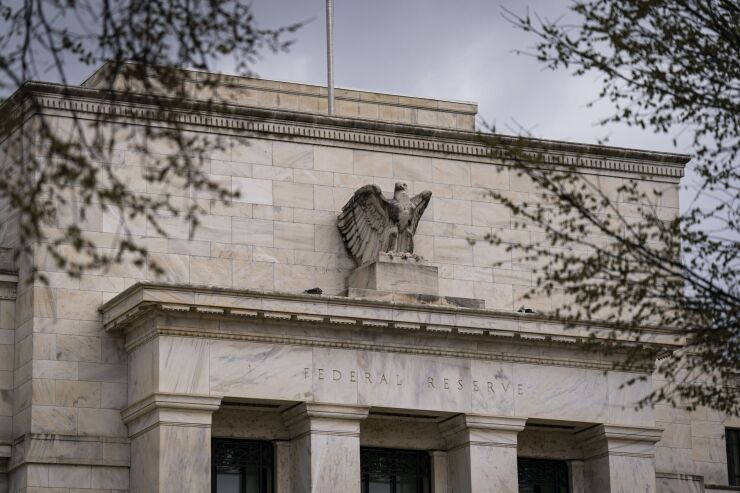
A Texas banking group is the subject of regulatory scrutiny for the second time in as many months and the third time this year.
The Federal Reserve cited Industry Bancshares, the holding company for several community banks in the state, for various unsafe and unsound business practices this week. The move follows a
Industry Bancshares's subsidiaries include nationally-chartered Bank of Brenham, National Association, The First National Bank of Shiner and The First National Bank of Bellville — which are regulated by the Office of the Comptroller of the Currency — as well as state-chartered Industry State Bank, Fayetteville Bank and Citizens State Bank, which fall under the FDIC purview. The Fed is responsible for overseeing the holding company.
The public enforcement action, released Tuesday morning, does not specify the issues within the banking organization, but outlines a litany of improvements Industry Bancshares must implement for the order to be lifted. These include revisions to its overall risk management practices with a focus on interest rate risk, liquidity and funding, strategy and budgeting, and capital planning.
The order comes with a capital conservation provision that bars Industry Bancshares from declaring or paying dividends, engaging in share repurchases, or making any other capital distribution with prior regulatory approval.
Industry Bancshares was among the banks
Industry Bancshares attempted to remedy its issues through a
Representatives from Industry Bancshares, the Fed and Baker Donelson — the law firm that represented CSBH on the transaction — did not immediately respond to requests for comment on Tuesday.
In the years leading up to the pandemic, Industry Bancshares emphasized state and municipal debt investments over lending activity. It compiled a balance sheet that had $3 billion of bonds and $1.2 billion of loans. While those bonds remain financially sound and are likely to be repaid, their fair market value declined as a result of the Fed's move to tighten monetary policy.
When interest rates rise, new bonds reflect those higher rates. Because of this, older bonds with lower yields become less attractive, causing their trading values to fall.
The Fed began cutting interest rates in September and has signaled more cuts in the months ahead, a trajectory that should undo some of the paper losses on bonds and long-term Treasury securities that have hampered banks in recent years.






